Our Stories
Recent Articles
Programs & Events
It Takes a Village To Prepare the People's Tree
A team of employees from the Architect of the Capitol (AOC) work seamlessly and tirelessly to ensure that the U.S. Capitol Christmas Tree is ready to spread holiday cheer to visitors from all over the country and around the world.
Programs & Events
Christmas in July in Wonderful West Virginia
To most, July in Washington, D.C., means hot weather and Independence Day celebrations. At the Architect of the Capitol it also means it's time to go Christmas tree hunting!
Programs & Events
Long-Time Partnership Yields Beautiful Results
In February 2023, the United States Botanic Garden (USBG) opened the 27th annual joint orchid exhibit in partnership with Smithsonian Gardens.
Programs & Events
Poinsettias Flourish at the U.S. Botanic Garden
Our gardeners have grown almost 2,000 poinsettia plants to brighten up the United States Botanic Garden (USBG) Conservatory's annual holiday exhibit "Season's Greenings." An expert team at USBG cares for the annual poinsettia crop with daily attentiveness starting in July.
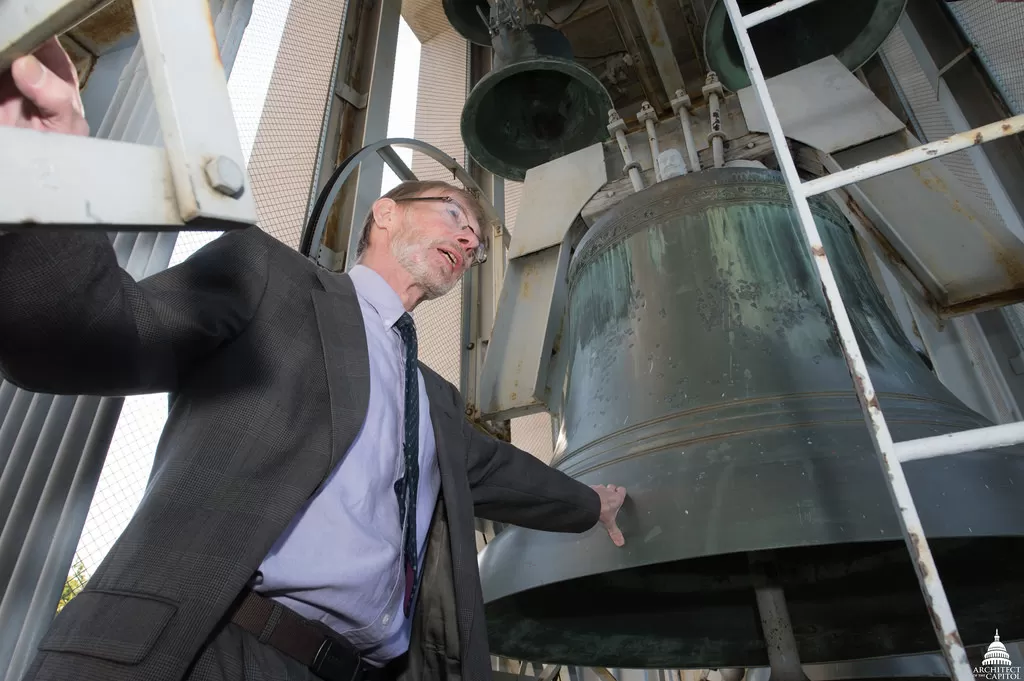
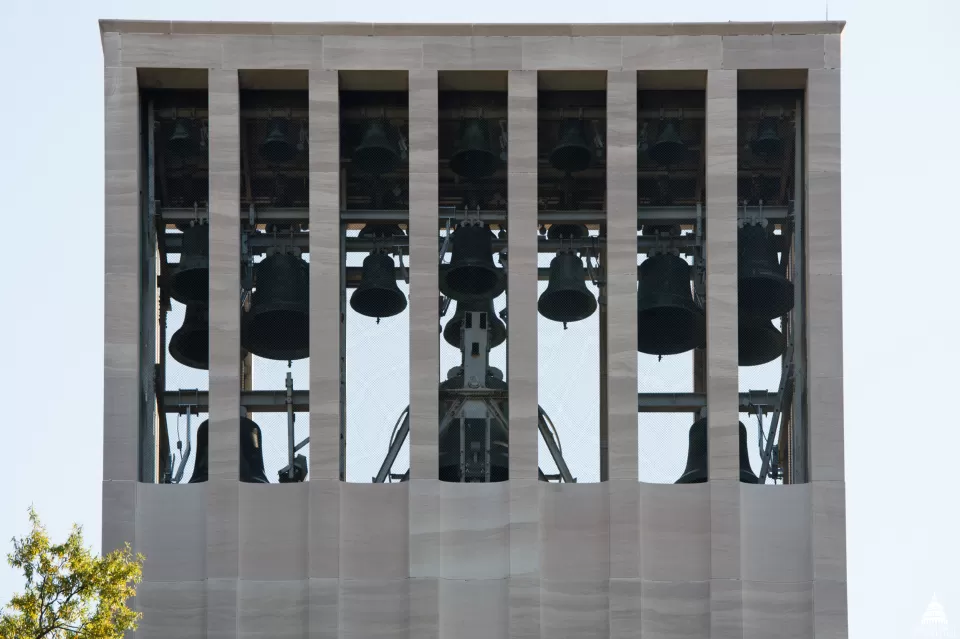
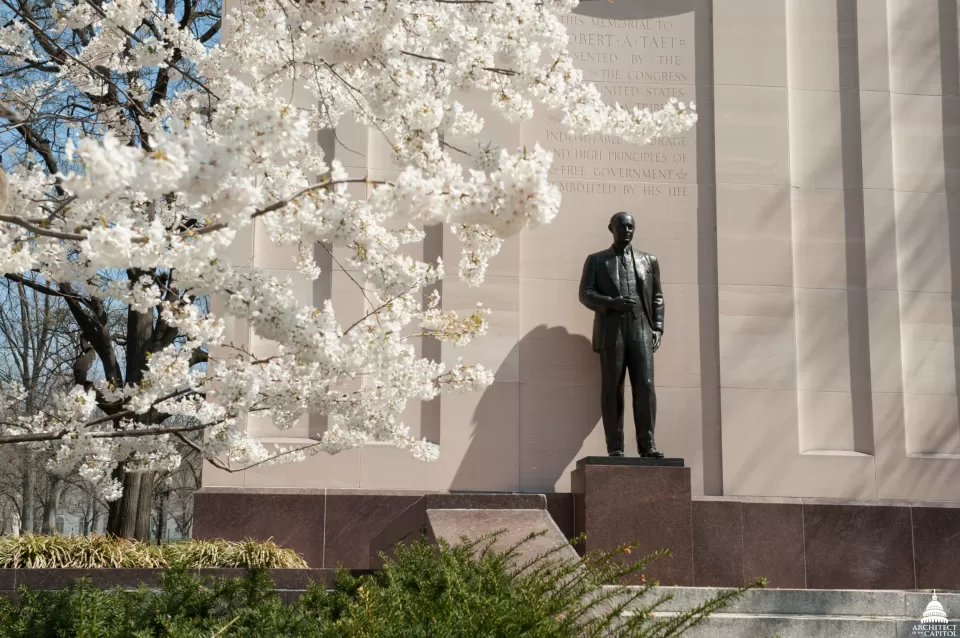
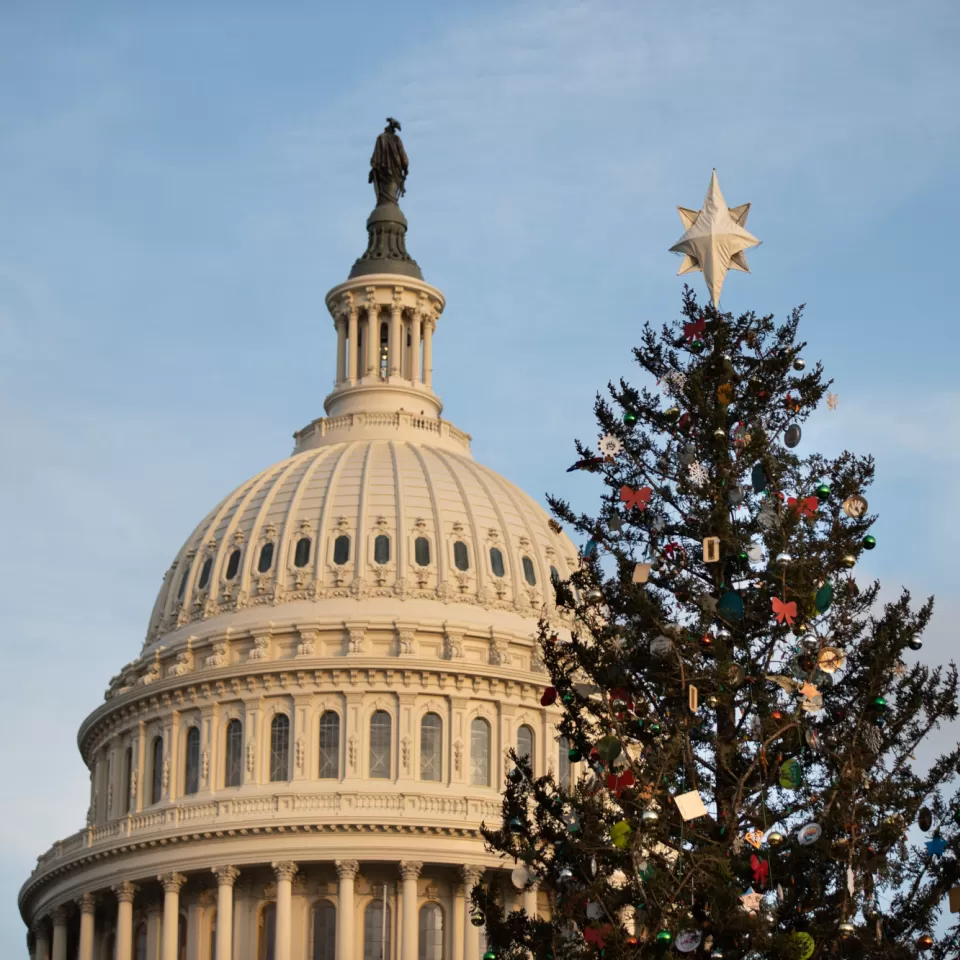
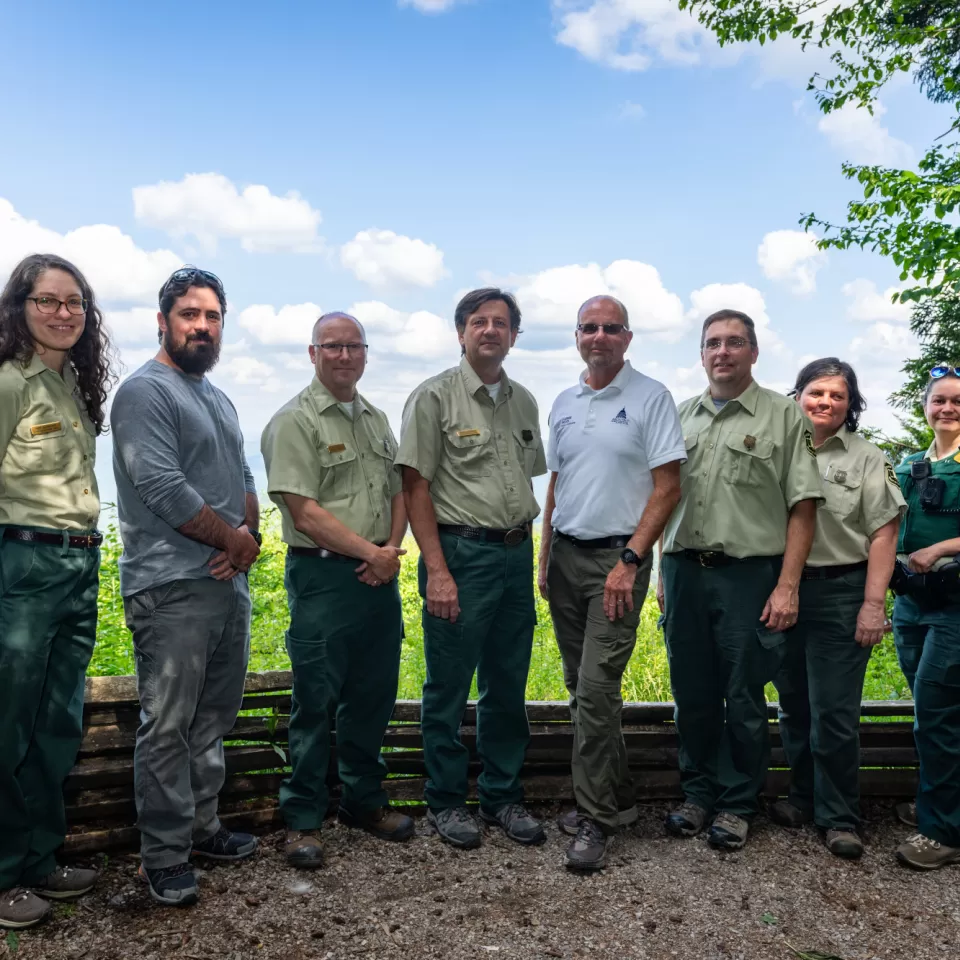
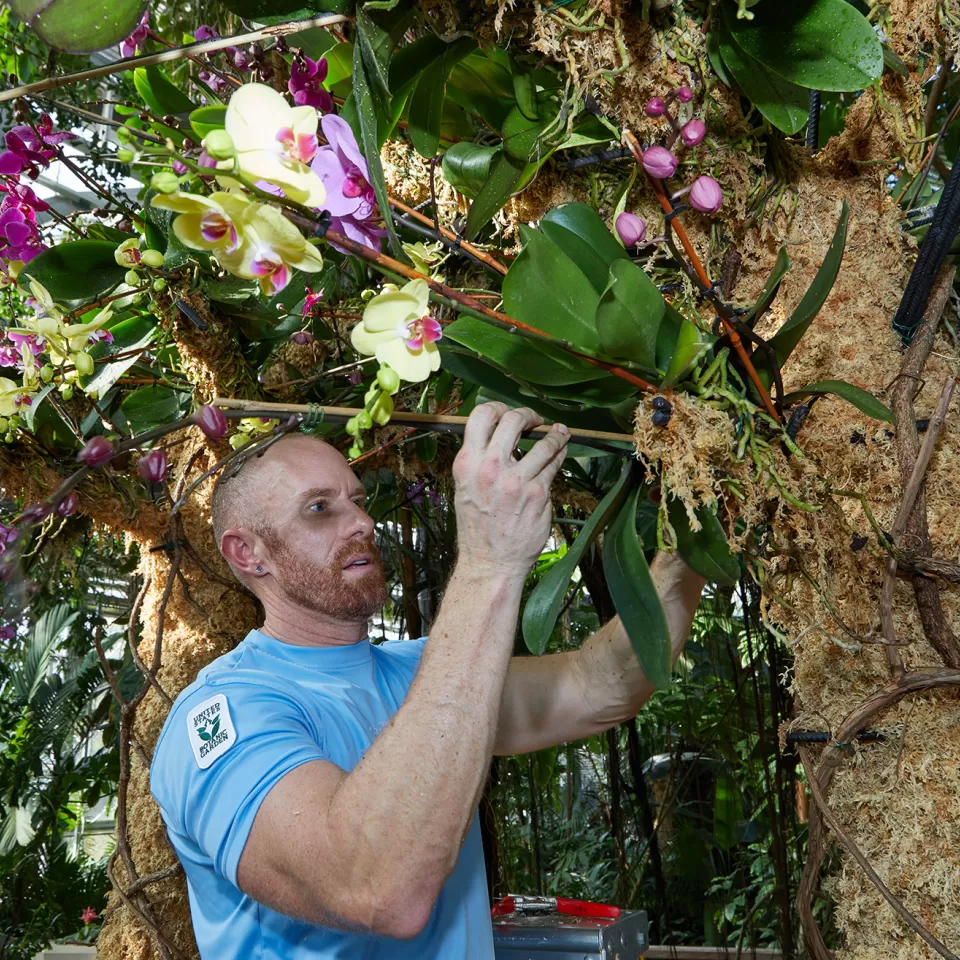
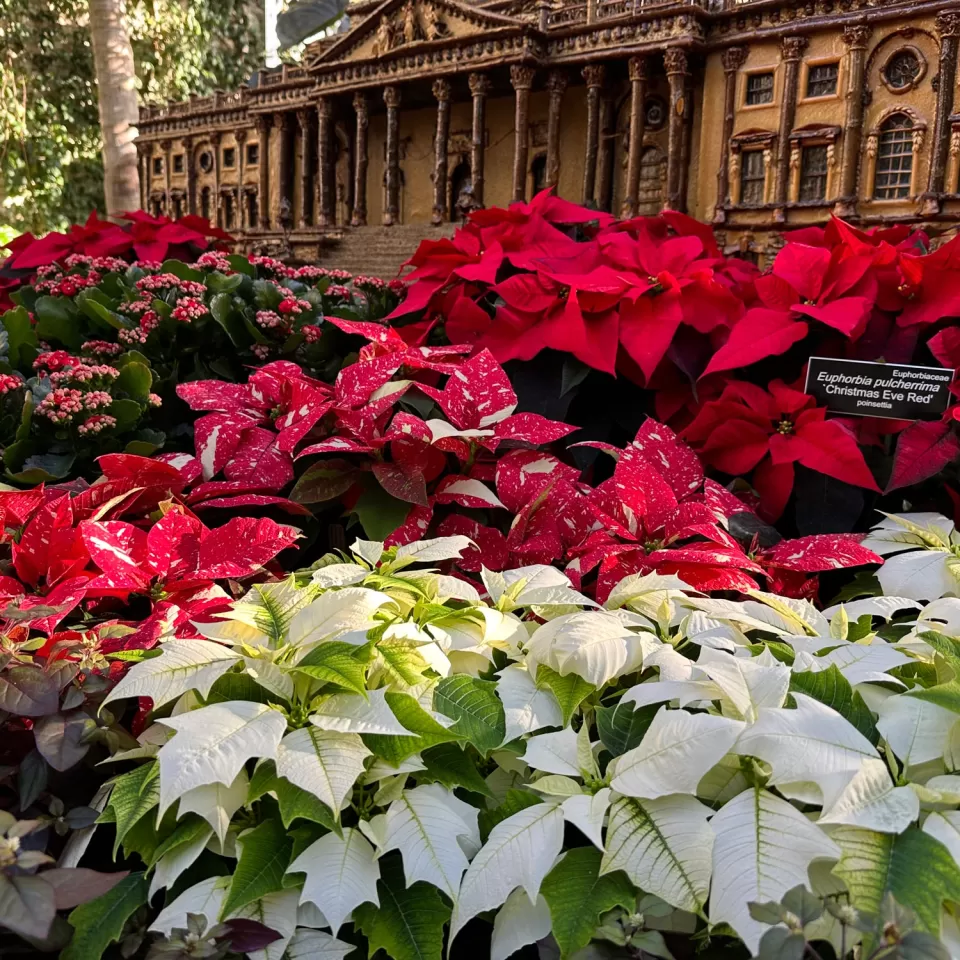
Comments
YEAH! that's my friend! Way to go Jim!
This is fascinating! What a great article!
Love this info. I wonder if my husband knows about this? He worked for AOC. For 35 years. Very very interesting!
Wonderful article!_x000D_ Wish that James Saenger could play our relatively new carillon at Denver University.
Very interesting, I never knew that it existed, thanks for sharing
Wow! I never knew that the Taft Carillon could be played manually. I've known about the carillons at the Washington Cathedral and the National Shrine and the Netherlands Carillon for a long time, but I did not know that St. Luke's on Wisconsin Avenue had a carillon as well. This area has SIX playable carillons including the Zoo! Unbelievable! I love carillon music as well as change ringing. Bells are great!
thanks for giving us this great history of so many items in Washington DC we never really hear about or get to see.
Add new comment